- NanoPi NEO3 Review: FriendlyElec launches the new NanoPi NEO3 SBC
- Maybe you missed it? Orange Pi 4 LTS Review
NanoPi NEO
FriendlyElec released their new NanoPi NEO3 SBC (single board computer) powered by a low-consumption RockChip RK3328 Quad-Core CPU. The new board is even more cost-effective than the Nano Pi R2S SBC starting at a price tag of $29 for a 1GB RAM model.
NanoPi NEO3 comes in two variants. 1GB and 2GB of DDR4 RAM and can be used for most low power consumption applications such as a personal portable firewall to protect yourself from cyber-attacks when connecting to a none secure network. You can install OpenWrt software, which offers high-end free security and routing features. Additional Linux distributions that are supported are FriendlyCore, Debian, Ubuntu, and the very lightweight DietPi distribution designed especially for embedded devices.
Additional specifications include a USB 3.0 Port, 1x Type-A interface, 1x Gigabyte Ethernet port, x1 GPIO, and 1x Serial Debug Port. This small form factor board has dimensions of 48x48mm, so it can be fit in tiny spaces or industrial environments.
You might think this board is less practical without an HDMI interface. But it can be used in a wide variety of applications such as networking monitoring tools, to monitor server bandwidth/loads, or to send commands to run specific tasks on a remote server, a mini NAS server, and much more depending on your imagination.
NanoPi NEO3 SBC

NanoPi NEO3 – Interfaces & ports
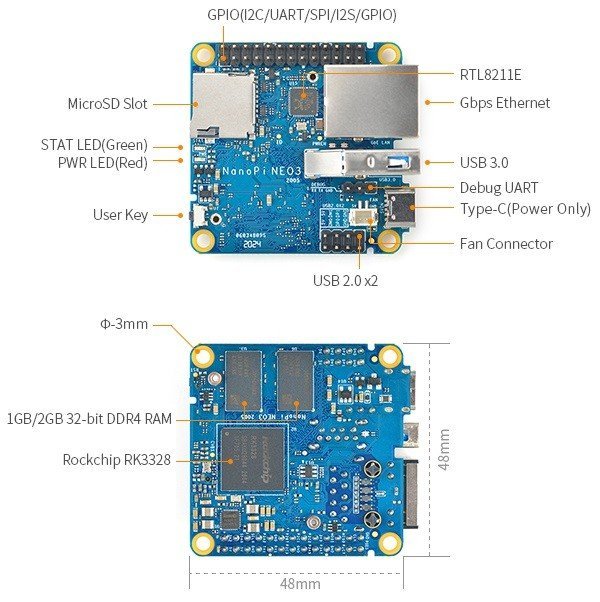
NanoPi NEO3 Specification
- Soc: RockChip RK3328, Quad-core 64-bit high-performance Cortex A53
- RAM: 1GB/2GB DDR4
- LAN: 10/100/1000M Ethernet with unique MAC
- USB Host: 1x USB3.0 Type-A and 2x USB2.0 on 2.54mm pin header
- MicroSD Slot: MicroSD x 1 for system boot and storage
- LED: Power LED x 1, System LED x 1
- Key: User Key x 1
- Fan: 2Pin JST ZH 1.5mm Connector for 5V Fan
- GPIO: 2.54mm pitch 26 pin-header, including I2C, UART, SPI, I2S, GPIO
- Serial Debug Port: 2.54mm pitch 3 pin-header, 1500000bps
- Power: 5V/1A, via Type-C or GPIO
- PCB Dimension: 48 x 48mm
- Working Temperature: -20℃ to 70℃
- Weight: 22g
NEO3 vs NEO2
If we compare the previous generation NanoPi NEO2 based on the Allwinner SoC to the latest new NEO3 SBC there are a few significant changes in hardware specifications listed in the table below:
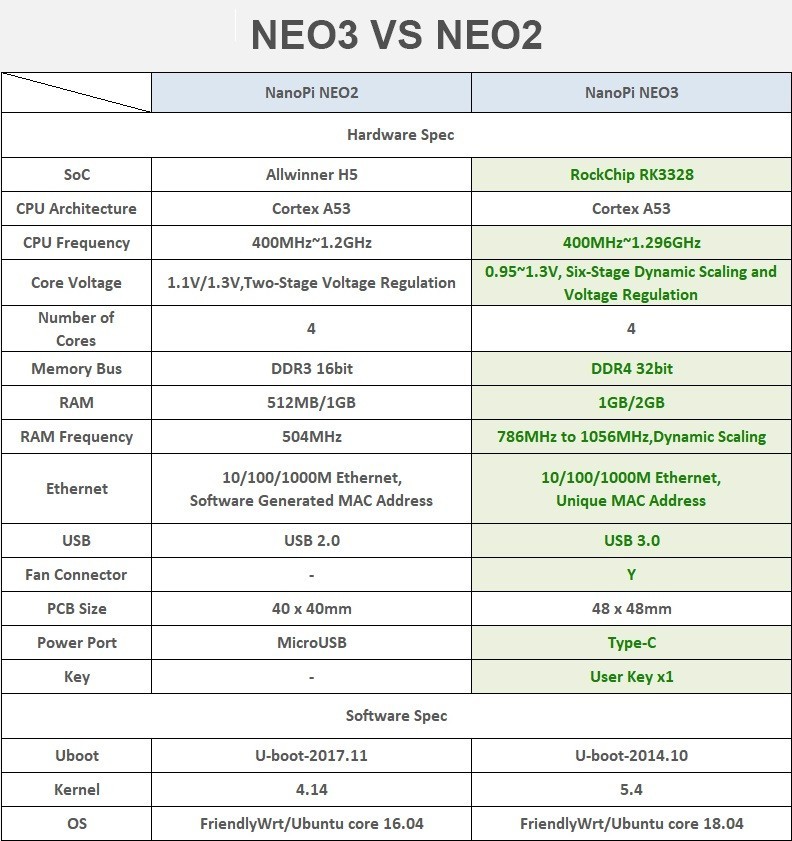
Case
The NanoPi NE03 features an optional white color square-shaped case accessory made from plastic with dimensions of 45 mm. It has curvy edges and a series of venting slots on the bottom to get the extra heat out of the case.
My impression of the quality was nothing but excellent. Keep in mind that If for some reason, you will need to re-open the case, it will become a more difficult task as the case has two parts assembled in a one-time snap-type assembly.
Passive Cooling
Located on the backside of the NanoPi NE03 board you will find a RockChip RK3328 CPU with a passive cooling aluminum Heatsink mounted with two screws that cover both the CPU and also RAM chips. If you need a fan, I am sure that even squeezing a slim 5 mm fan can fit inside the case and connect the power through the GPIO header pins.

Software
The NanoPi NE03 currently supports two major Linux distributions you can boot to using a TF-Card. Still, the one you should that gets the most focus is probably the FriendlyWrt Image, based on the known OpenWrt operating system designed for embedded devices. OpenWrt’s possibilities are huge in terms of the number of features included in the operating system.
NanoPi NE03 can be used as a personal portable firewall device or as a monitoring tool. For example, to monitor network bandwidth and usage. You can also set QoS connection limitations and many other options, all accessible through LuCI Web Interface.
- Friendlywrt-5.4 (OpenWrt 19.7)
- Friendly core-bionic


Needed Accessories
The NanoPi NEO3 Package only includes the SBC so to power the board, you will need to use a standard USB-Type C cable connected to a 5V- 2.1A power adaptor.

Mounting an external hard drive
To connect an External Hard Drive, you will need to plug your drive into the NanoPi NEO3 USB Host and navigate to ‘Access- > Mount points’ there you should see that your device is recognized. Usually, you will find it under the ‘Mount Points‘ section under the name mnt/sdax/ where x indicates the device number, for example, 1..2..3, and so forth. You can also manually select your device file system from a list, but setting the auto option should work just as well.

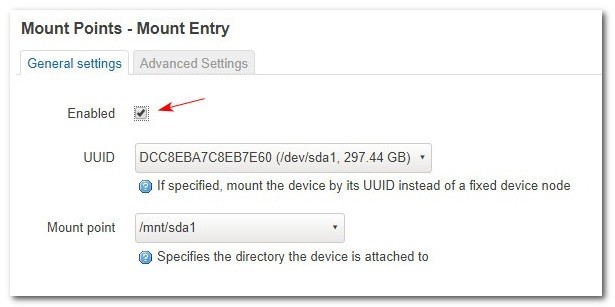
USB Flash Speed Benchmark (Read/Write)
- Tested media: Kingston DT50/32GB
- Interface: USB 3.1
- File System: NTFS
Performing a data transfer rate test bypassing the hard drive’s buffer cache memory, thus reading directly from the disk.
hdparm --direct -Tt /dev/sdb1
/dev/sdb1:
Timing O_DIRECT cached reads: 274 MB in 2.01 seconds = 136.64 MB/sec
Timing O_DIRECT disk reads: 268 MB in 3.02 seconds = 88.80 MB/sec
Deactivate cache
sudo hdparm -W0 /dev/sdb1Testing how much time it would take to make a bootable Ubuntu USB stick
Downloading Image:
wget -c https://releases.ubuntu.com/20.04/
Creating Linux Boot USB Flash
sudo dd if=ubuntu-20.04-desktop-amd64.iso of=/dev/sdb1 bs=1M
2589+1 records in
2589+1 records out
2715254784 bytes (2.7 GB, 2.5 GiB) copied, 238.102 s, 11.4 MB/sSystem Resources
Based on FriendlyWrt (OpenWrt) statistics:
- Processor usage: 0.7%
- Used memory: 68.1M
- CPU temperature: 53.9C
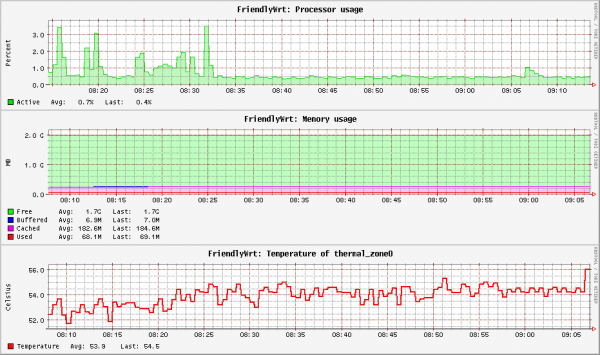
Stress Test
root@NanoPi-NEO3:~# lscpu | grep MHz
CPU max MHz: 1296.0000
CPU min MHz: 408.0000
root@NanoPi-NEO3:~# cat /sys/devices/system/cpu/cpu*/cpufreq/scaling_max_freq
1296000
1296000
1296000
1296000- CPU Core frequency range: 408MHz – 1296MHz
- Power usage in idle/low Resources mode: 2.3W
- CPU temperature: 52 °C

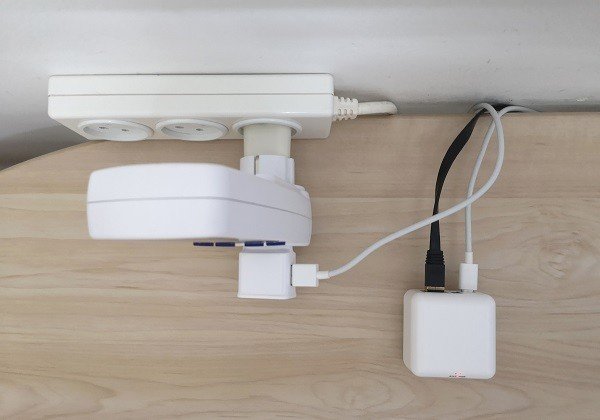
For our test, we used the stress-ng tool to run up to 8 CPU stressors, 4 I/O stressors, and one virtual memory stressor using 1GB of virtual memory for one minute by executing the following commands below.
- stress-ng –cpu 2 –io 4 –vm 1 –vm-bytes 1G –timeout 60s –metrics-brief
- stress-ng –cpu 4 –io 4 –vm 1 –vm-bytes 1G –timeout 60s –metrics-brief
- stress-ng –cpu 6 –io 4 –vm 1 –vm-bytes 1G –timeout 60s –metrics-brief
- stress-ng –cpu 8 –io 4 –vm 1 –vm-bytes 1G –timeout 60s –metrics-brief
| under load | Min CPU Frequency (GHz) | Max CPU Frequency (GHz) | Min Temp (Celsius) | Max Temp (Celsius) | Min Wattage (W) | Max Wattage (W) |
| 1 | 400 MHz | 1.2 GHz | 63 | 85 | 4.2 | 5 |
| 2 | 400 MHz | 1.2 GHz | 63 | 85 | 4.1 | 5.2 |
| 3 | 400 MHz | 1.2 GHz | 63 | 85 | 4.2 | 5.3 |
| 4 | 400 MHz | 1.2 GHz | 65 | 85 | 4.1 | 5.2 |
Test #1
stress-ng: info: [18902] stressor bogo ops real time usr time sys time bogo ops/s bogo ops/s
stress-ng: info: [18902] (secs) (secs) (secs) (real time) (usr+sys time)
stress-ng: info: [18902] cpu 1856 60.20 81.08 0.01 30.83 22.89
stress-ng: info: [18902] io 859373 60.00 0.49 112.99 14322.86 7572.90
stress-ng: info: [18902] vm 0 60.41 37.77 1.64 0.00 0.00Test #2
stress-ng: info: [21737] stressor bogo ops real time usr time sys time bogo ops/s bogo ops/s
stress-ng: info: [21737] (secs) (secs) (secs) (real time) (usr+sys time)
stress-ng: info: [21737] cpu 2446 60.19 110.61 0.04 40.64 22.11
stress-ng: info: [21737] io 712930 60.00 0.29 95.10 11881.97 7473.84
stress-ng: info: [21737] vm 0 60.46 27.14 1.67 0.00 0.00Test #3
stress-ng: info: [24084] successful run completed in 60.45s (1 min, 0.45 secs)
stress-ng: info: [24084] stressor bogo ops real time usr time sys time bogo ops/s bogo ops/s
stress-ng: info: [24084] (secs) (secs) (secs) (real time) (usr+sys time)
stress-ng: info: [24084] cpu 2811 60.06 131.48 0.06 46.80 21.37
stress-ng: info: [24084] io 585556 60.00 0.29 79.80 9758.83 7311.22
stress-ng: info: [24084] vm 0 60.44 21.18 1.61 0.00 0.00Test #4
stress-ng: info: [26085] successful run completed in 60.65s (1 min, 0.65 secs)
stress-ng: info: [26085] stressor bogo ops real time usr time sys time bogo ops/s bogo ops/s
stress-ng: info: [26085] (secs) (secs) (secs) (real time) (usr+sys time)
stress-ng: info: [26085] cpu 3064 60.35 147.92 0.06 50.77 20.71
stress-ng: info: [26085] io 489041 60.01 0.29 68.39 8149.54 7120.57
stress-ng: info: [26085] vm 0 60.64 17.06 1.72 0.00 0.00Test results
- The NanoPi NEO3 operated well under high-stress CPU loads and reached core temperatures up to 85C.
- The power consumption of the NanoPi NEO3 ranges from 4 to 5W.
Final Words
The NanoPi NEO3 is a good product I enjoyed testing. I liked the case design, including the plastic surface quality. Keep in mind that this SBC is designed for low-power applications that don’t require an external display. OpenWrt V19.7 support is definitely a perfect option from a user standpoint, but I was expecting a bigger selection of images like OPNsense and a few others.
NanoPi NEO3: Price and Availability
According to our tests, the NEO3 board is very stable due to its low power consumption CPU and passive Heatsink which significantly helps in providing excellent cooling. Overall, the board is very cheap and worth the money. If you liked the product, you are welcome to check more details on FriendlyElec’s official website:

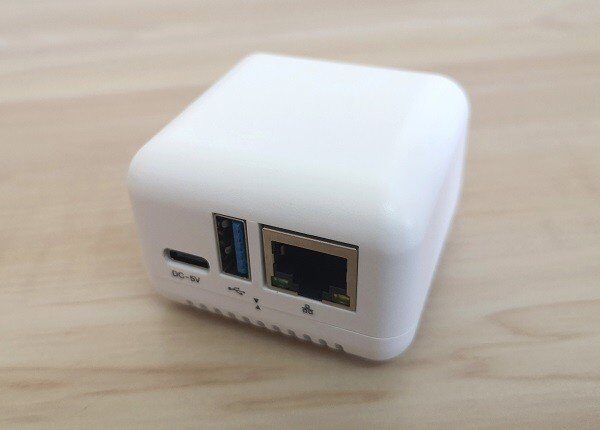
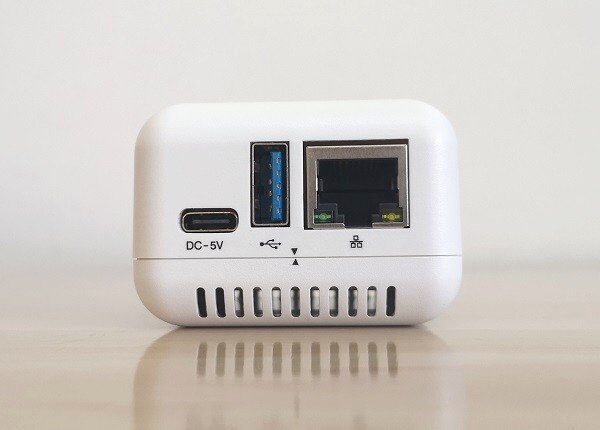
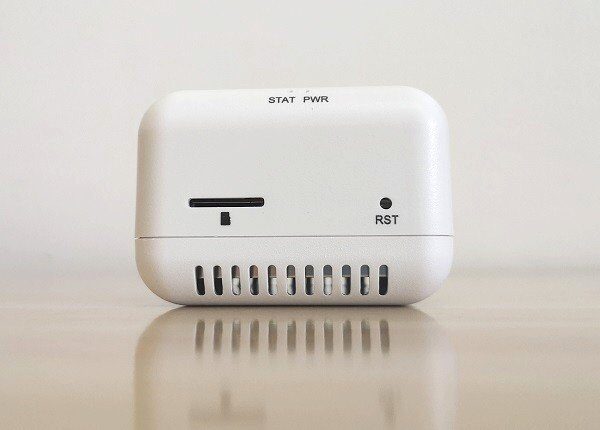
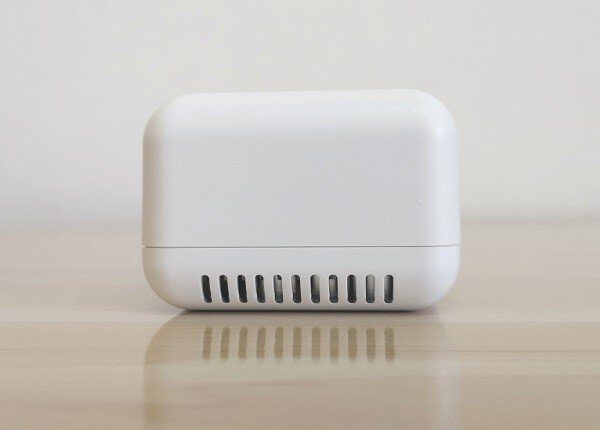
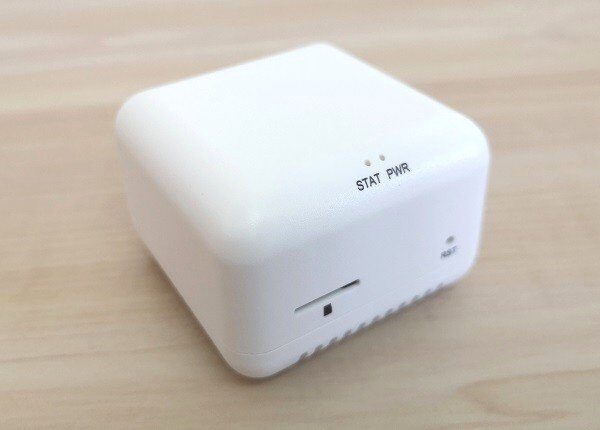
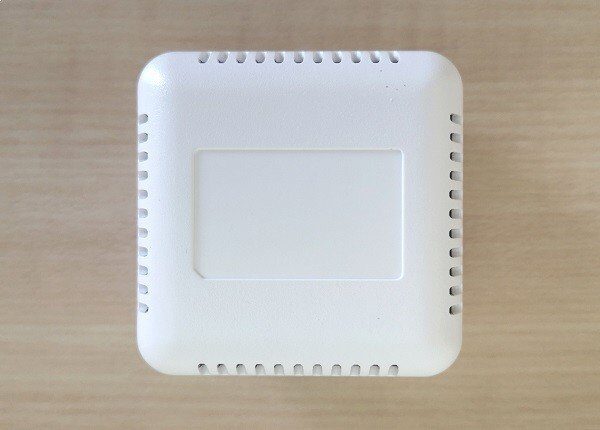
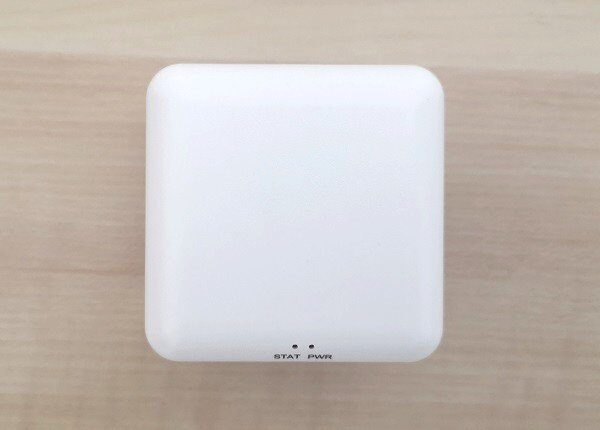
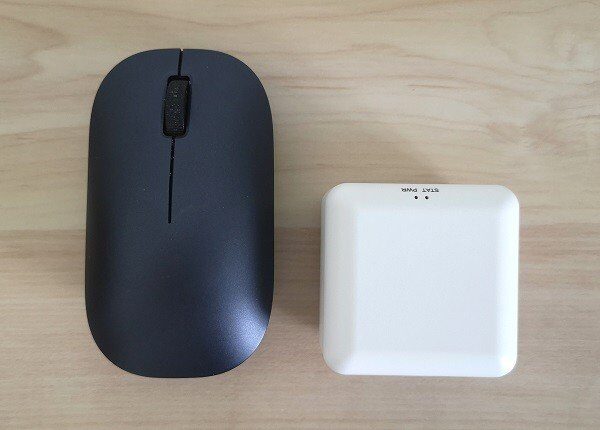
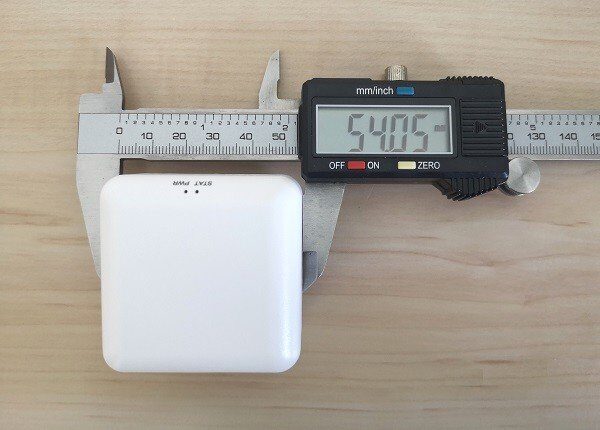
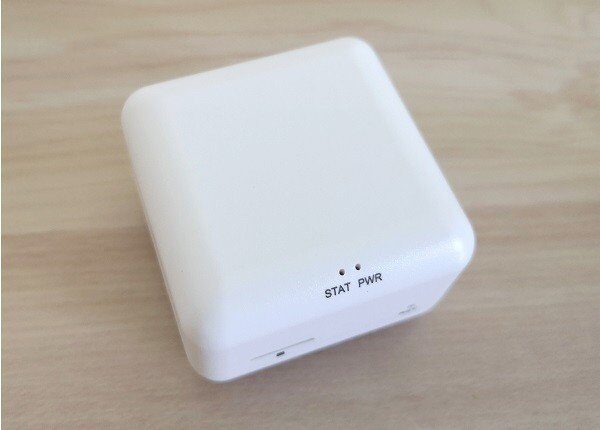
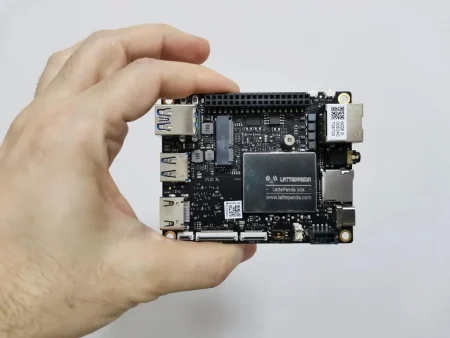
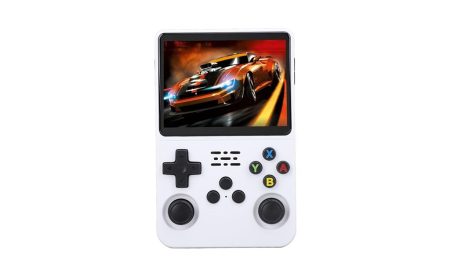
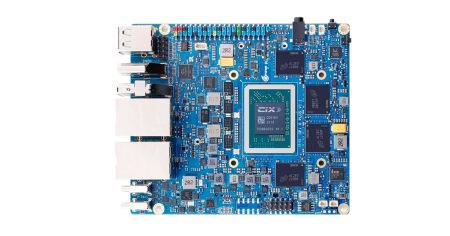
good writeup, do you think its possible to upgrade the ram from 2GB to 4gb if we did the soldering ourselves?
I see that the rk3228 chip can accept 4GB via DDR3 and DDR4, however nanopi doesnt offer 4gb as an option
Here is the rk3328 data sheet https://rockchip.fr/RK3328%20datasheet%20V1.2.pdf
Also, do you know the name of this type of ram, Im unable to find it anywhere
Hi, thanks. If you have the tools and skills, go for it!
I have no idea. It is likely a manufacturer of RAM chips based in China, so it is a problem finding an equivalent RAM.
If you require a large quantity, why not simply reach out to them via email and ask them?